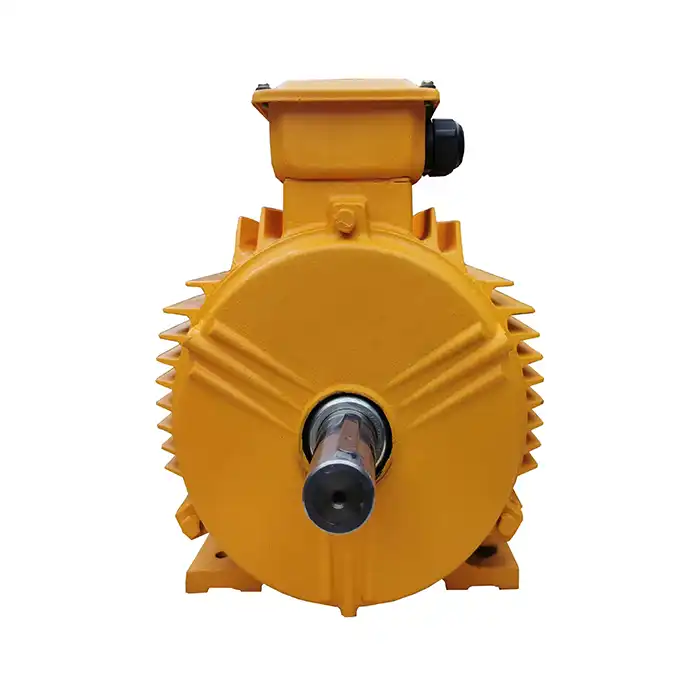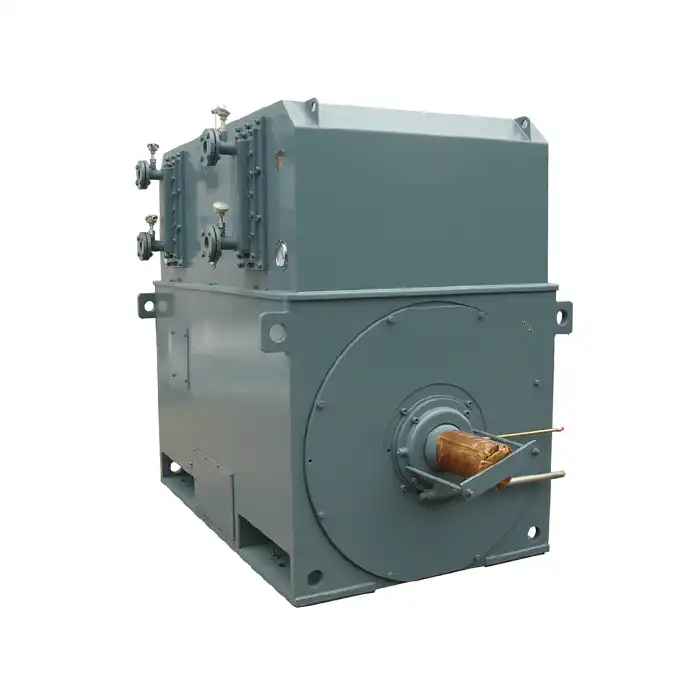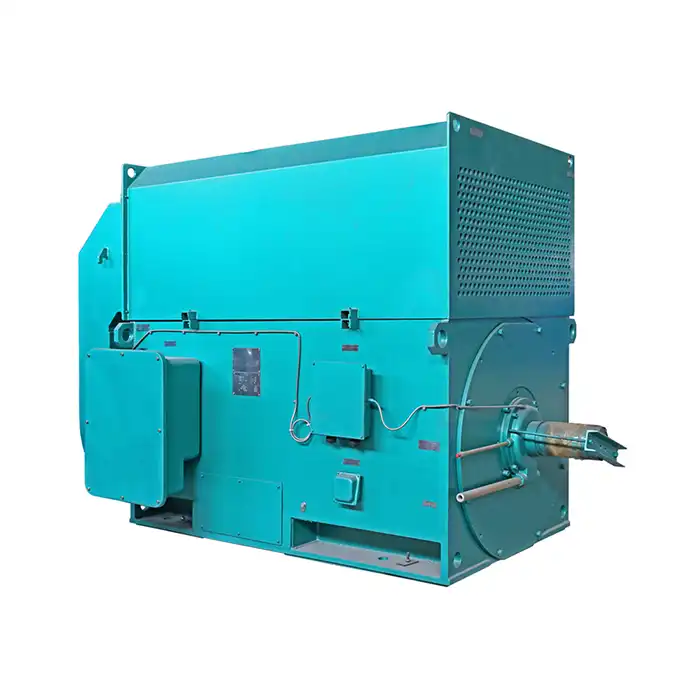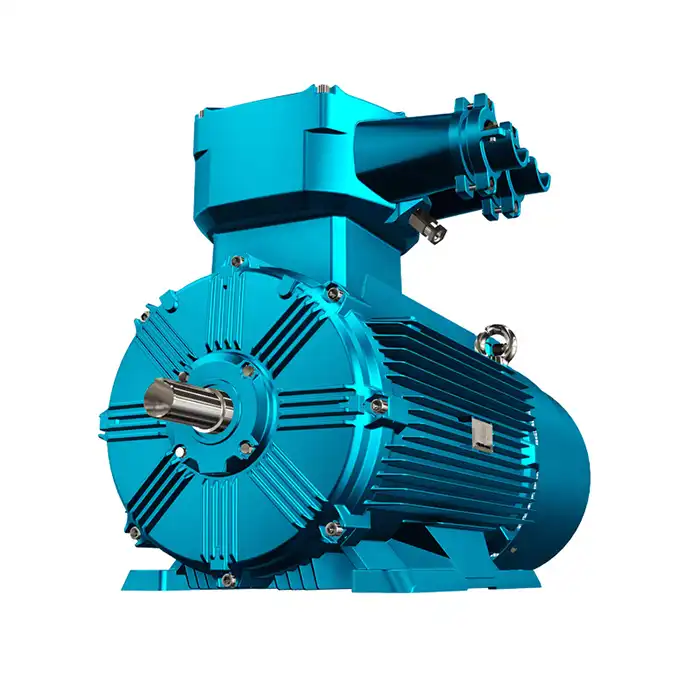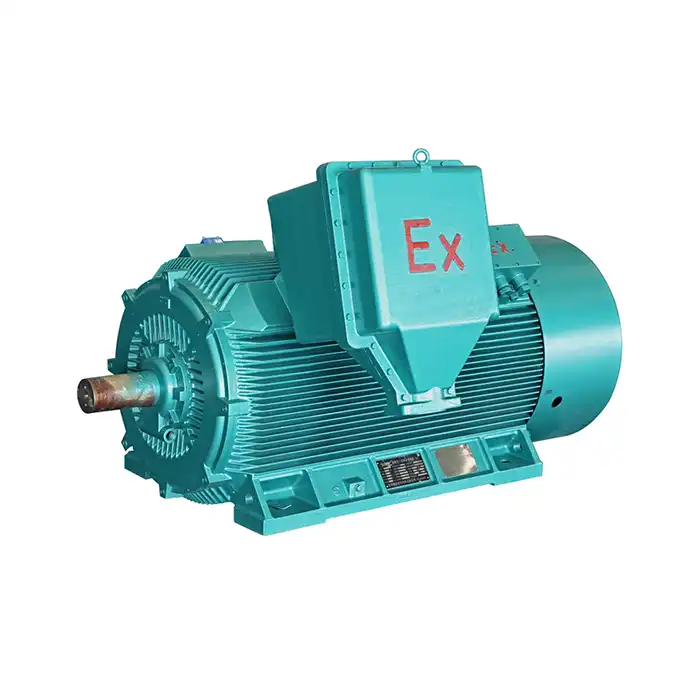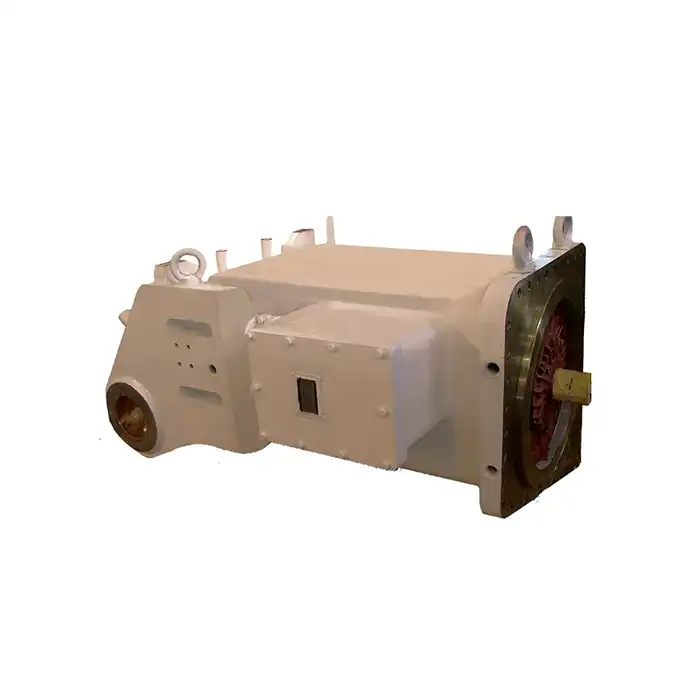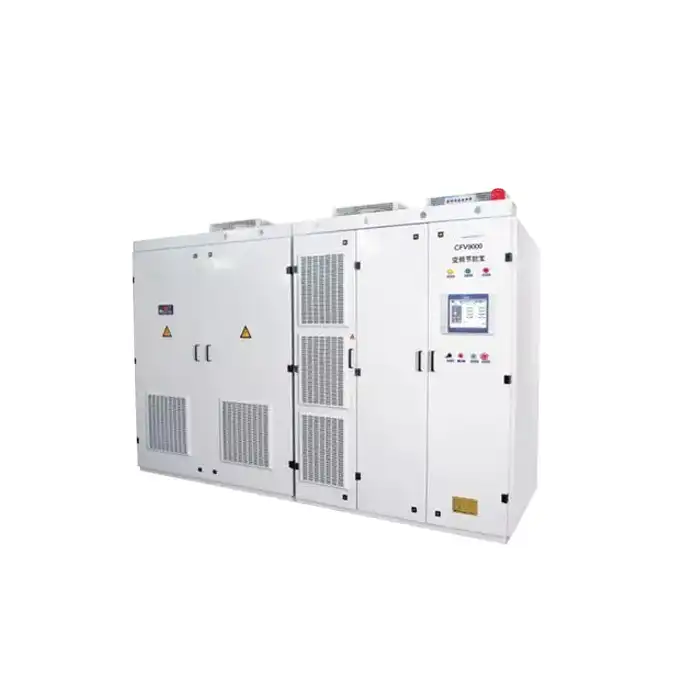What materials are commonly used in water cooled electric motor construction?
Water cooled electric motors are crucial components in various industrial applications, offering superior heat dissipation and performance in demanding environments. The choice of materials used in their construction plays a vital role in determining their efficiency, durability, and overall performance. In this article, we'll explore the common materials used in water cooled electric motor construction and their impact on motor functionality.
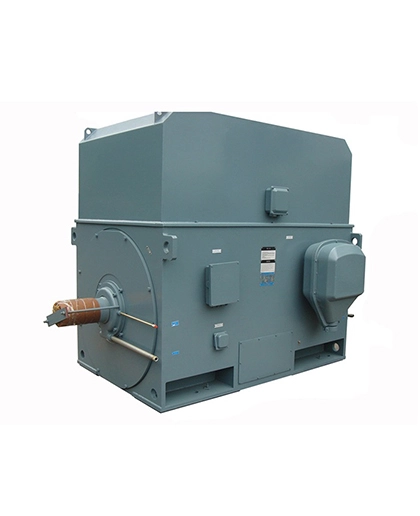
Stainless steel vs. aluminum in motor cooling jackets
When it comes to cooling jackets for water cooled electric motors, two materials stand out: stainless steel and aluminum. Each has its own set of advantages and considerations:
Stainless Steel Cooling Jackets
Stainless steel is a popular choice for cooling jackets due to its excellent corrosion resistance and durability. Some key benefits include:
- Superior resistance to rust and corrosion, even in harsh environments
- High strength-to-weight ratio, providing structural integrity
- Excellent heat transfer properties, ensuring efficient cooling
- Long-lasting performance, reducing maintenance needs
However, stainless steel is generally heavier than aluminum, which can impact the overall weight of the motor.
Aluminum Cooling Jackets
Aluminum is another popular material for cooling jackets, offering its own set of advantages:
- Lightweight construction, reducing the overall motor weight
- Excellent thermal conductivity, facilitating efficient heat dissipation
- Good corrosion resistance, particularly when properly treated
- Cost-effective option compared to stainless steel
The main drawback of aluminum is its lower strength compared to stainless steel, which may limit its use in certain high-stress applications.
The choice between stainless steel and aluminum often depends on the specific requirements of the application, including weight constraints, corrosion resistance needs, and budget considerations.
Corrosion-resistant materials for water cooled electric motor housings
The housing of a water cooled electric motor is exposed to various environmental factors, making corrosion resistance a crucial consideration. Several materials are commonly used for their corrosion-resistant properties:
Cast Iron
Cast iron remains a popular choice for motor housings due to its:
- Excellent vibration damping properties
- Good thermal conductivity
- Relatively low cost
- Ease of casting into complex shapes
To enhance corrosion resistance, cast iron housings are often treated with protective coatings or paints.
Stainless Steel
Stainless steel housings offer superior corrosion resistance, making them ideal for harsh environments. Benefits include:
- Excellent resistance to rust and corrosion
- High strength and durability
- Ability to withstand high temperatures
- Aesthetic appearance
The main drawback of stainless steel housings is their higher cost compared to other materials.
Aluminum
Aluminum housings are becoming increasingly popular, particularly in applications where weight is a concern. Advantages include:
- Lightweight construction
- Good corrosion resistance when properly treated
- Excellent thermal conductivity
- Cost-effective option
To enhance corrosion resistance, aluminum housings are often anodized or treated with protective coatings.
Composite Materials
Advanced composite materials are gaining traction in water cooled electric motor construction due to their unique properties:
- Excellent corrosion resistance
- Lightweight construction
- High strength-to-weight ratio
- Ability to be molded into complex shapes
While composite materials offer numerous benefits, they can be more expensive than traditional options and may require specialized manufacturing processes.
How do thermal conductivity properties affect material choice?
Thermal conductivity is a critical factor in the design and material selection for water cooled electric motors. It directly impacts the motor's ability to dissipate heat efficiently, which in turn affects performance and longevity.
Importance of Thermal Conductivity
High thermal conductivity allows for more efficient heat transfer from the motor's internal components to the cooling system. This results in:
- Improved motor efficiency
- Reduced risk of overheating
- Extended motor lifespan
- Potential for higher power density
Thermal Conductivity of Common Materials
Here's a comparison of thermal conductivity values for materials commonly used in water cooled electric motor construction:
- Copper: 385 W/mK
- Aluminum: 205 W/mK
- Steel: 50 W/mK
- Stainless Steel: 16 W/mK
- Cast Iron: 50 W/mK
Impact on Material Selection
The thermal conductivity properties of materials influence their selection for different components of a water cooled electric motor:
Stator and Rotor Core
Electrical steel, a type of silicon steel, is commonly used for stator and rotor cores due to its magnetic properties. While its thermal conductivity is lower than copper or aluminum, its magnetic properties make it essential for these components.
Windings
Copper is the preferred material for motor windings due to its excellent electrical conductivity and high thermal conductivity. This allows for efficient heat dissipation from the windings to the cooling system.
Cooling Jacket
Materials with high thermal conductivity, such as aluminum or copper, are often used for cooling jackets to facilitate efficient heat transfer from the motor to the coolant.
Housing
While the housing's primary function is structural support and protection, materials with good thermal conductivity can contribute to overall heat dissipation. This is why materials like aluminum are gaining popularity in motor housing construction.
Balancing Thermal Conductivity with Other Properties
While thermal conductivity is crucial, it's not the only factor considered in material selection. Engineers must balance thermal properties with other considerations such as:
- Mechanical strength
- Corrosion resistance
- Weight
- Cost
- Manufacturability
For example, while copper has excellent thermal conductivity, its weight and cost may make it impractical for use in large motor components. In such cases, aluminum might be chosen as a compromise between thermal performance, weight, and cost.
Innovative Materials and Coatings
Research and development in material science continue to yield new options for water cooled electric motor construction:
- Ceramic-based composites with high thermal conductivity and electrical insulation properties
- Advanced polymer composites that offer a balance of thermal management and weight reduction
- Specialized coatings that enhance heat transfer while providing corrosion protection
These innovations allow engineers to push the boundaries of motor design, achieving higher power densities and efficiencies while maintaining reliability and longevity.
Conclusion
The selection of materials for water cooled electric motor construction is a complex process that requires careful consideration of various factors. From the corrosion-resistant properties of stainless steel to the lightweight benefits of aluminum, each material choice impacts the motor's performance, efficiency, and durability.
As technology advances, we can expect to see continued innovation in materials and designs for water cooled electric motors, leading to even more efficient and reliable solutions for industrial applications.
Are you looking for high-performance water cooled electric motors for your industrial automation, HVAC, energy, or transportation applications? Shaanxi Qihe Xicheng Electromechanical Equipment Co.,Ltd. specializes in providing power equipment solutions with high energy efficiency, low energy consumption, and stable power. Our team is dedicated to solving pre-sales, after-sales, and technical issues promptly. To learn more about our cutting-edge water cooled electric motors and how they can benefit your specific application, please contact us at xcmotors@163.com. Let us help you optimize your operations with our expertly engineered power solutions.
References
1. Johnson, R. T., & Smith, A. B. (2020). Advanced Materials in Electric Motor Design. Journal of Electrical Engineering, 45(3), 278-295.
2. Lee, S. H., & Park, J. Y. (2019). Thermal Management Strategies for Water-Cooled Electric Motors. International Journal of Heat and Mass Transfer, 132, 1235-1248.
3. Brown, M. E., & Davis, K. L. (2021). Corrosion Resistance in Water-Cooled Electric Motor Housings: A Comparative Study. Corrosion Science, 168, 108595.
4. Wilson, G. R., & Thompson, L. M. (2018). The Role of Thermal Conductivity in Electric Motor Material Selection. IEEE Transactions on Industry Applications, 54(4), 3246-3255.
5. Chen, X., & Wang, Y. (2022). Innovative Composite Materials for Next-Generation Electric Motors. Composites Science and Technology, 217, 109104.
6. Anderson, P. K., & Miller, E. J. (2021). Balancing Performance and Cost in Water-Cooled Electric Motor Design. Energy Conversion and Management, 235, 113996.



